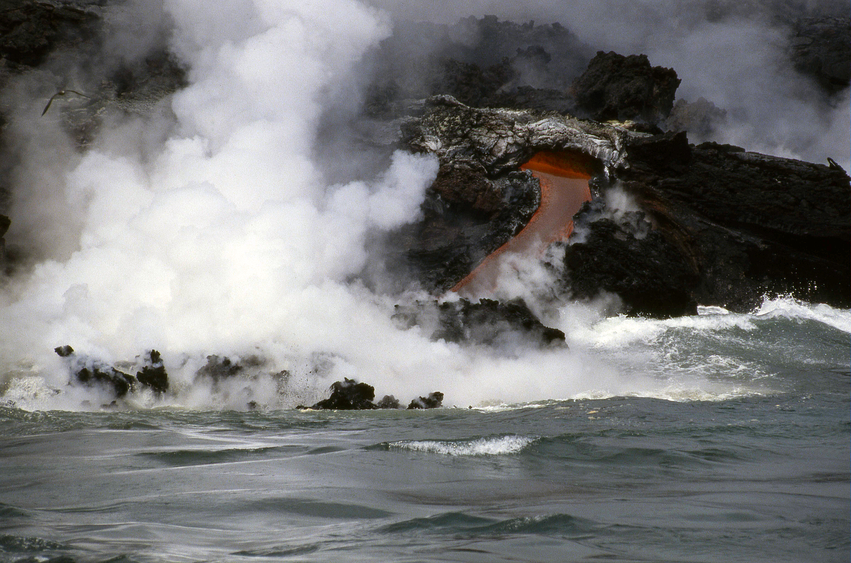HVAC Chilled Water Distribution Schemes

This online engineering PDH course discusses the history of chilled water distribution systems and the development of "variable primary flow system". Problems such as low delta-T syndrome associated with the chilled water pumping schemes are defined and also discussed. Finally, this course compares the advantages and disadvantages of primary-secondary and direct-primary pumping schemes.
In large commercial and industrial systems, chilled water system serves as means to transfer heat from building spaces to the refrigeration system. Initially, when energy costs were low, constant volume and primary-secondary systems provided a stable and simple operation of the chillers and distribution systems. However, as energy costs increased, particularly in the late 1970s, the efficiency of the chillers and the costs associated with operating the distribution system became more important. As a result, the need for new schemes to improve chiller performance and reduce energy costs drove the HVAC industry to advance chilled water technology, particularly in the manner that chilled water is delivered.
This 5 PDH online course is applicable to mechanical and HVAC engineers, process engineers, architects, building designers, contractors, energy auditors, facility managers who are interested in gaining a better understanding of HVAC chilled water distribution schemes.
This PE continuing education course is intended to provide you with the following specific knowledge and skills:
- The basic hydronic principles i.e. relationship of chilled water flow rate v/s cooling load and the energy savings due to adjustable speed pumps
- How do constant volume chilled water systems different from primary/secondary arrangement
- What is low delta-T syndrome and how it affects the chiller loading
- What are the causes and mitigation measures to prevent low delta-T syndrome
- Why distributed pumping arrangement is better than headered arrangement for constant flow systems
- How do primary/secondary chilled water systems create hydraulically independent loops.
- How to size the de-coupler bridge
- The characteristics of control valves and why 2-way valve is better than 3-way valve in variable flow systems
- How do the variable primary flow system compare with primary/secondary system in terms of cost and energy
- The importance of design tube velocity and rate of chilled water flow variations in variable primary flow systems
In this professional engineering CEU course, you need to review the course document titled "HVAC Chilled Water Distribution Schemes".
Upon successful completion of the quiz, print your Certificate of Completion instantly. (Note: if you are paying by check or money order, you will be able to print it after we receive your payment.) For your convenience, we will also email it to you. Please note that you can log in to your account at any time to access and print your Certificate of Completion.